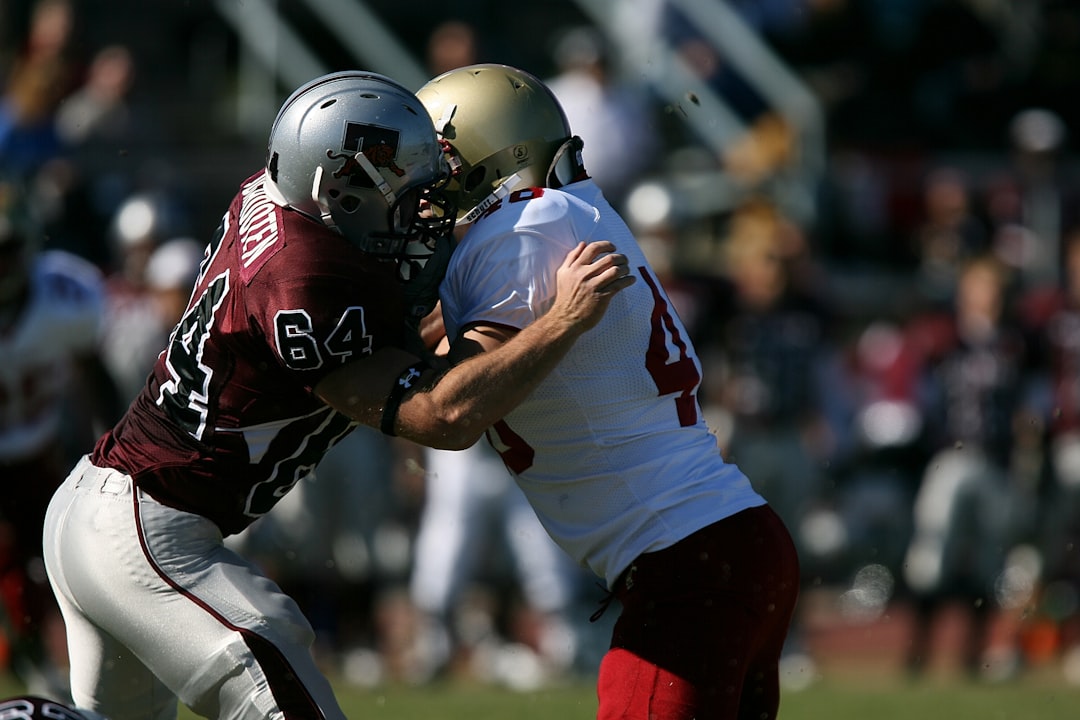Sports betting has grown exponentially over the past decade, and college football stands at the center of this trend. With over 100 Division I teams and a wide range of player talents, strategies, and dynamics, the NCAA football landscape offers both opportunities and risks for bettors. Analyzing team statistics properly is one of the most reliable ways to make smarter, data-driven college football bets, helping to reduce guesswork and increase the likelihood of success.
Understanding the Importance of Team Statistics
In college football betting, team statistics tell more than just the score. They provide insights into a team’s strengths, weaknesses, and overall capabilities. Unlike professional leagues with relatively equal team compositions, college football is known for its discrepancies in team talent, coaching quality, and scheduling. This makes statistical analysis even more critical.
By evaluating statistics such as yards per game, turnover ratios, red zone efficiency, and third-down conversion rates, bettors can dissect not only how well a team performs, but how consistently they execute. Moreover, it reveals mismatches that sportsbooks may overlook, offering value bets.
Key Team Stats to Evaluate Before Placing a Bet
To make the most informed betting decisions, focus on the following core team statistics:
- Total Offense and Defense: Measuring average yards gained and allowed per game helps determine overall team strength on both sides of the ball.
- Scoring Offense and Defense: Points per game for and against are critical when evaluating potential game outcomes and total bets.
- Red Zone Efficiency: A team that frequently enters the red zone but fails to score touchdowns may struggle against efficient opponents.
- Turnover Margin: Teams with a positive turnover differential tend to control games more effectively and create opportunities.
- Third- and Fourth-Down Conversion Rates: Ability to sustain drives is essential for consistency and controlling the clock.
- Time of Possession: A team that dominates possession often dictates the pace and keeps their defense fresh.
Each of these stats contributes to understanding how a game might unfold. For instance, if one team has a high-powered offense but faces a top-tier defense with excellent red zone stops, it could suggest a lower-scoring game than anticipated.
Advanced Metrics for Deeper Insights
In addition to traditional statistics, advanced metrics paint a more detailed picture of team performance. These stats strip away luck and variance, focusing more on efficiency and context:
- Success Rate: Measures how frequently a play is deemed successful based on down and distance. High success rates generally translate to sustaining drives over time.
- Havoc Rate: Reflects a defense’s ability to disrupt offensive plays through tackles for loss, pass deflections, and forced fumbles or interceptions.
- Explosiveness (IsoPPP): Measures the average impact of successful plays. Teams with high explosiveness can change the game’s momentum quickly.
- Field Position Metrics: Starting field position influences scoring efficiency and should be considered when betting point spreads.
These metrics are especially valuable when matched against opposing strengths and weaknesses. For example, if a team’s offense has a high explosiveness rating but faces a defense with a low havoc rate, the offense may be able to strike with big plays consistently.
Contextual Factors and Conference Nuances
Not all statistics are created equal. It’s crucial to consider the context behind the numbers. A team’s stats gained against weaker non-conference opponents may inflate their perceived strength. Conversely, battling top-tier teams week after week in a Power Five conference may skew a team’s numbers lower than deserved.
Keep these contextual filters in mind:
- Strength of Schedule (SOS): Understand who a team has played and how competitive those games were.
- Conference Play vs. Non-conference Play: Stats from non-conference games often lack predictive power when facing elite opponents.
- Home vs. Away Splits: Some teams perform significantly better at home due to stadium environment, crowd, or travel factors.
- Injuries and Depth: Starters matter, but depth wins games late in the season. Injuries to key players, especially quarterbacks or offensive linemen, may not be fully reflected in stats.
For example, a mid-tier SEC team may have less impressive stats, but their SOS may expose them as undervalued compared to a team from a weaker conference with padded numbers.
How to Use These Stats in Your Betting Strategy
Once you’ve analyzed the numbers, applying them effectively involves comparing weaknesses to opposition strengths. Here’s how:
- Match Strengths Against Weaknesses: If Team A has a strong running game and Team B struggles to stop the run, that matchup presents value in spread betting.
- Bet the Total: Use scoring efficiency or red zone stats to decide if the total points line is reasonable. Games between explosive but vulnerable defenses are often high-scoring.
- Spot Momentum: Late-season analytics may identify hot teams that outplay preseason expectations. Sometimes markets are slow to adjust, creating betting value.
- Tailored Trends for Situations: Use stats to assess team performance in specific areas like first-half betting, road games, or when playing ranked opponents.

Tools and Resources to Gather Accurate Team Stats
Leverage professional tools and websites that aggregate and update stats in real time. Some of the recommended resources include:
- TeamRankings – Advanced statistics and efficiency data
- ESPN College Football Stats – Reliable mainstream stat tracking
- CFB Stats – Niche, play-by-play college football data
- Football Outsiders – Offers metrics like FEI and S&P+
Combining multiple data sources provides a fuller, clearer picture and verifies accuracy for deeper betting insights.
Common Pitfalls to Avoid When Analyzing Stats
Even with excellent data, poor analysis can ruin a good bet. Avoid these common missteps:
- Ignoring Sample Size: Early-season games can produce misleading stats. Wait for 3-5 games to establish trends.
- Chasing Outliers: One game does not define a season. Focus on consistent trends over highlight performances.
- Overvaluing Public Teams: Teams like Alabama, Notre Dame, or Ohio State often have inflated odds. Stats help cut through bias.
- Neglecting Injury Data: No stat can overcome the loss of a quarterback or key defender. Always check injury reports.
Conclusion
Success in college football betting begins with informed analysis. By focusing on team stats — both traditional and advanced — and applying contextual understanding, bettors develop the ability to assess matchups more critically. Betting is never a guaranteed win, but leveraging team stats intelligently shifts the odds in your favor and empowers you to make smarter, more consistent betting decisions.
Frequently Asked Questions (FAQ)
- What is the most important stat in college football betting?
- While there isn’t one “most important” stat, turnover margin combined with success rate often provides key insights into which team controls the pace and momentum of the game.
- How often should I update my analysis during the season?
- Review your data weekly, but prioritize conference games and late-season matchups which reveal team consistency more accurately than early games.
- Can advanced stats predict upsets?
- Advanced stats help identify undervalued teams based on efficiency, allowing bettors to spot upset opportunities before markets correct themselves.
- Do betting lines reflect team stats accurately?
- Not always. Lines can be influenced by public sentiment or recent headlines. Using stats allows you to find value where narratives may mislead odds.
- How do weather or location affect team stats?</


